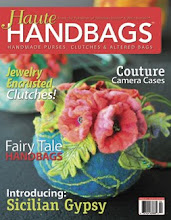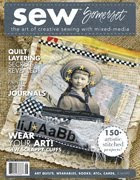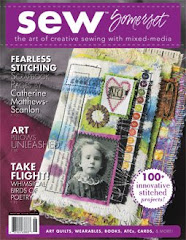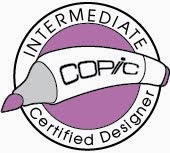If you would like to have some fun making colorful backgrounds for some zentangle inspired art, or anything else, here is something you might want to try. I made this tutorial for my Facebook group called Zentangle: Journaled and Tangled, Too! If you want to know more about the group, go here: https://www.facebook.com/groups/761892257271670/
Supplies:
• dish - I used glass so you could see inside best, but any dish works.
• measuring cup
• 1 cup water
• measuring spoons
• 1 teaspoon dish soap
• 3 Tablespoons craft type acrylic paint
• standard drinking straw
• papers to paint: tiles, journal pages, etc.
* These measurements are great starting points. The result you get will depend on the amount of actual pigment in the paint and how concentrated your soap is that you use. If you need to add more of either to get the results you desire, feel free to be adventurous.
Directions:
1. Measure and put water in your dish first to make mixing easier.
2. Add dish soap next, and stir with the straw until it is blended in well.
3. Add paint last, and stir in with the straw until it is blended in well.
4. Place the straw in the mix and blow until bubbles rise to the top as shown in picture B.
5. While still blowing, gently place papers atop the bubbles. The bigger the bubbles are, the bigger they will appear on your paper. A variety of sizes adds interest to your paper.
6. Remove the paper slowly, and pop any remaining bubbles. These popped bubbles leave the best imprints. Repeat steps 5 and 6 until you have the desired coverage. Picture C shows a variety of color intensity. The bottom left corner of the tile pictured has been dipped in the bubbles repeatedly. This intensity would be great if you plan to add other layers of color to your paper.
* You may do more than one color per page. Picture D shows two colors. In order for each color to maintain its intensity rather than blending into the previous color, allow each individual color to dry before adding another on top. Hair dryers, fans, and heat guns work well for speeding up drying time.
7. Tangle on your printed papers after they are thoroughly dry. I found that an Identipen works great. Feel free to carefully experiment with other pens. Fine artist pens with fine tips are often easily damaged on rough surfaces, so beware.
Other notes:
1. This has been done with children young enough to thoroughly understand the difference between sucking and blowing on a straw. Enjoy it as a supervised activity with your little ones.
2. If your paper is curled after drying, place it between two layers of paper, one to protect your ironing surface, and the other to protect your iron, and iron with a medium to high setting, working quickly so you do not burn your paper.









_md.jpg)






No comments:
Post a Comment